
Having a damaged car can be a frustrating experience
Associated Collision Center wants you to be safe and aware, this blog contains great info on Having a damaged car can be a frustrating experience.
Whether you swerved to avoid a pedestrian and hit something else, or another driver made an error and struck your vehicle with theirs, getting your car, truck, or SUV repaired is important. Most newer vehicles today are made with a unibody frame. What does that mean, and how does it affect the repair process? Here’s everything you need to know, so you can choose the right auto body repair shop for unibody repair.
WHAT IS A UNIBODY FRAME?
A unibody frame is exactly what the name implies. The frames on unibody vehicles are all made from one piece, with the chassis and the body of the vehicle joined as one. That’s different from the way cars were typically made in the past, when the body was made separately from the chassis, and then attached to it later. Unibody frames have been around since the 1930s, and were occasionally used on vehicles. But most companies didn’t use this option, because it was more expensive and not well-known.
In the last couple of decades, though, unibody frames have been made in ways that are less expensive to manufacture, while still providing quality, value, and safety for drivers of cars with these frames. The unibody design is a safer, solider alternative, and it also makes the vehicle lighter and more fuel-efficient. Unibody frames have specific “crumple zones” that are designed to take the impact of an accident, which protects the driver and passenger.
Since unibody designs help to reduce injuries and save lives, and they’re also lighter and better for fuel economy, it’s understandable that car manufacturers made the switch. Now, it’s harder to find a vehicle that doesn’t have a unibody design, unless you choose one that’s significantly older. In time, it will likely be nearly impossible to find a non-unibody design, unless you choose a classic car.
HOW DO SHOPS HANDLE UNIBODY FRAME REPAIR?
The one downside to a unibody frame is that it can be more difficult to repair than the chassis-on-body options older cars were built with. The reason behind this is that the unibody is all one frame, so if a part of the frame is damaged in an accident, the entire frame is damaged. In a collision, the frame of a vehicle can bend, crumple, twist, or actually break apart. That impacts the vehicle’s structural integrity, which needs to be fully restored before that vehicle is safe to drive again.
Unibody repair has to take this structural integrity issue into account very carefully. There are two main issues with repairing a unibody vehicle. Those are the safety of the people inside, and the way the vehicle actually drives down the road. Not having proper repairs can mean that the driver and passenger are at greater risk of harm, because the vehicle won’t handle another impact or accident properly. Inadequate repair can also mean the vehicle doesn’t “track” straight, putting strain on its systems.
Driving a vehicle with a damaged frame is never a good idea. Not only could another accident mean serious bodily harm, but you could be wearing out your tires, suspension, and other vehicle systems due to misalignment from the original accident. Instead of taking those kinds of risks, it’s best to bring the car to an auto body repair shop, and get a rental vehicle until your car has been properly fixed. Depending on the extent of the damage, it can take a little while to get the unibody frame straight again.
IS A REPAIRED CAR AS GOOD AS A NEW ONE?
If your vehicle’s unibody repair is handled by a qualified shop and performed correctly, you’re just as safe in that repaired vehicle as you would be in a new one. Before unibody frames became so commonplace, this wasn’t always the case. Straightening and repairing a unibody frame wasn’t as common, and more vehicles were “totaled” by the insurance company after an accident. There were even some people who believed a unibody vehicle couldn’t ever be repaired and would never drive straight after a collision.
Fortunately, that’s no longer something you have to worry about. If your insurance company isn’t writing your vehicle off as totaled, that means they agree that it can be restored to factory, manufacturer levels of safety and security for you and your passengers. That’s great news, because you won’t need to get a new car. Instead, you can get yours repaired and continue to enjoy driving it. You’ll have your car back, and you’ll also have plenty of peace of mind to go along with it.
Cost will be a factor in your insurance company’s decision, as well. Even if your vehicle can be properly repaired, if the cost to do that is too much the insurance company may write off the car anyway. A few hundred to a few thousand dollars in cost is common when performing a unibody repair. In some cases, though, the estimate can be much higher. Your insurance company might decide the car isn’t worth the cost to repair, even if the repairs could make the vehicle whole again.
CAN ANY AUTO BODY REPAIR SHOP FIX YOUR VEHICLE?
Theoretically, you could take your vehicle in for unibody repair at any auto body repair shop that advertises that service. But you may not want to just pick a name off of your search results. Instead, make sure you’re looking for the best quality repair options in your area. Most insurance companies have a list of companies you can choose from, or will let you select any shop in the area that’s licensed, and insured properly. With certified technicians and a good reputation, that’s a shop you can feel safe trusting.
You probably also want OEM (original equipment manufacturer) parts, although some aftermarket options can be good choices, as well. Talking with an auto body repair shop you’re considering can give you plenty of insight into whether they’re the right shop to meet your needs, so your vehicle can be repaired the right way.
At the end of the day, it’s your vehicle. It’s undoubtedly important to you to have it repaired correctly, so you can drive it safely and get back on the road as quickly as possible. The more you understand about unibody repair, the more confident you can feel when working with the repair shop, for a better overall experience.
What to know more? please visit our last month’s blog Quiz Your New Driver Before They Hit the Road a complete Blog listing can be found here.


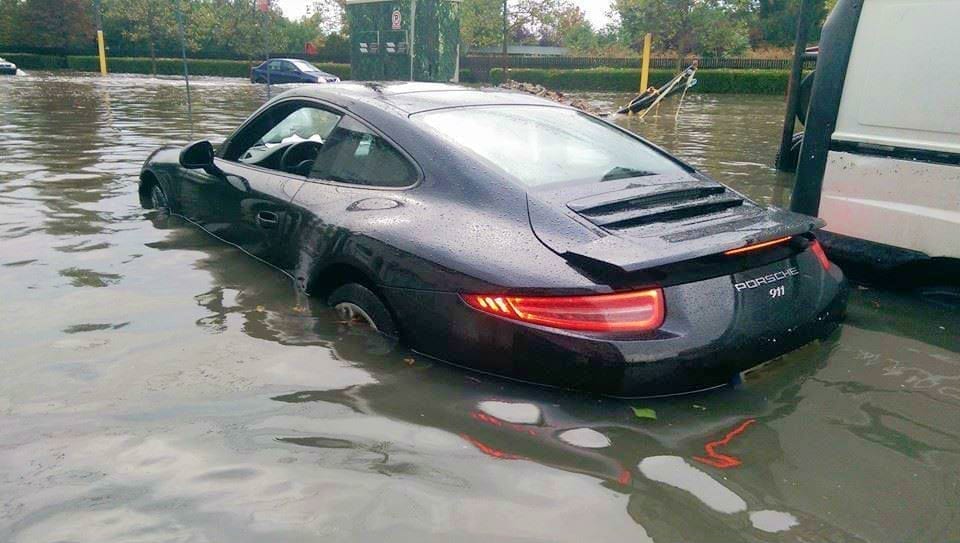
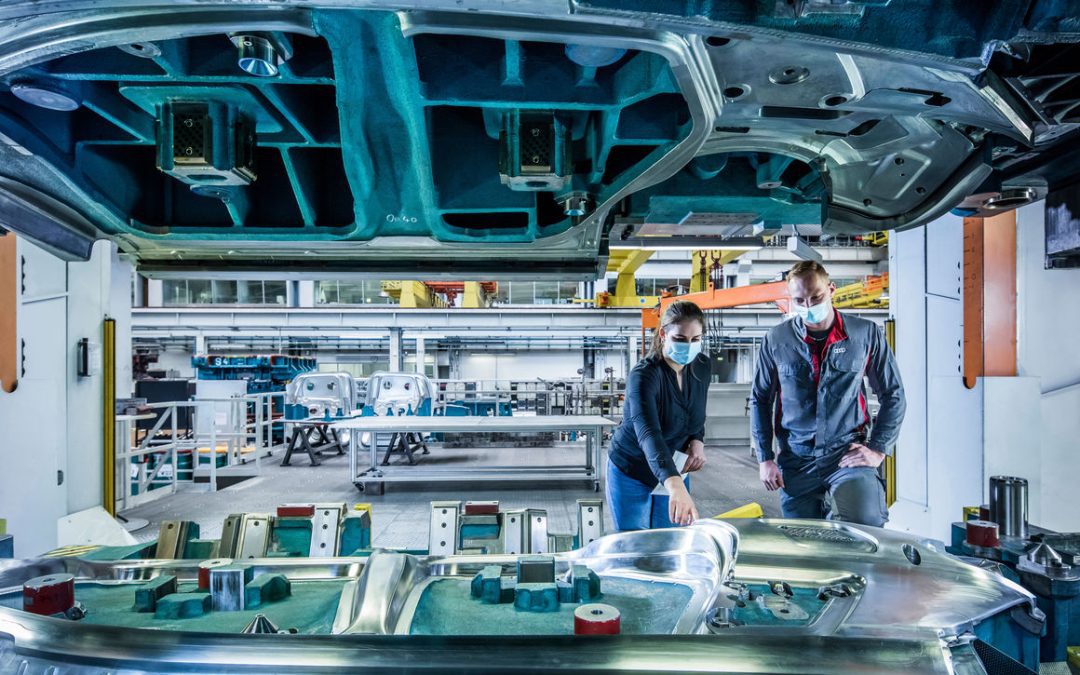
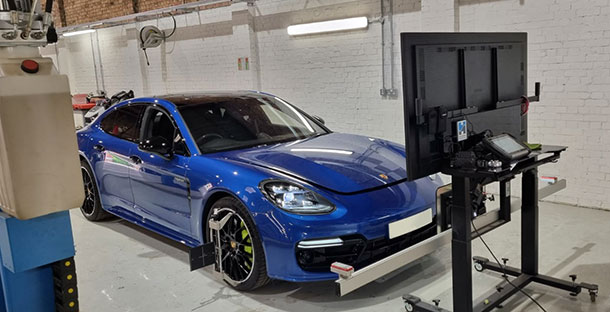
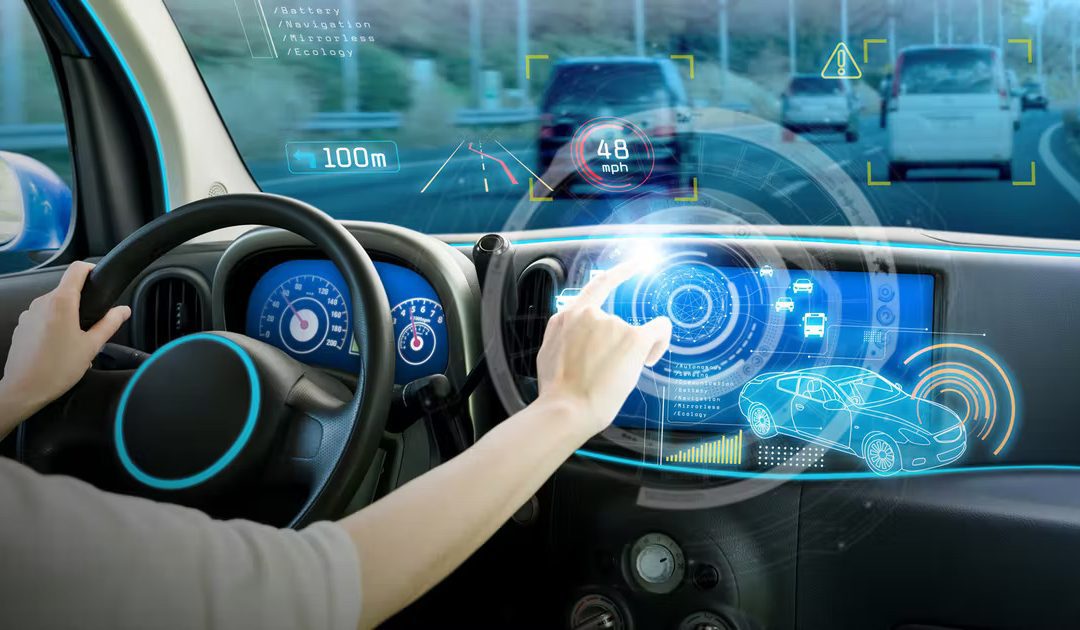
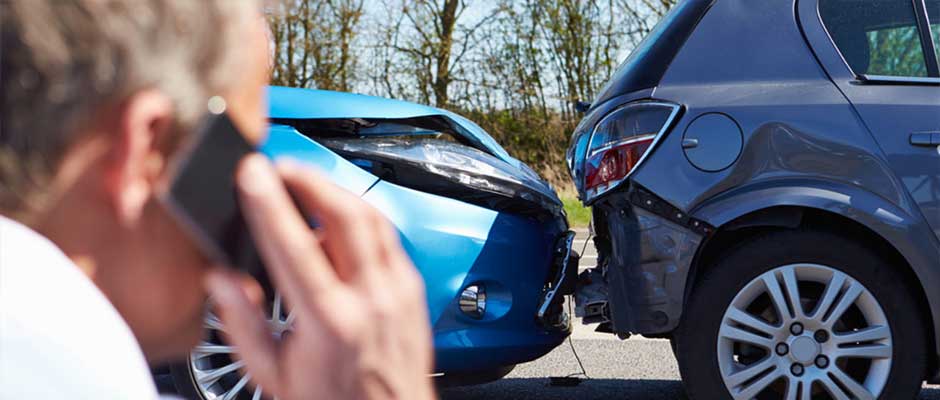

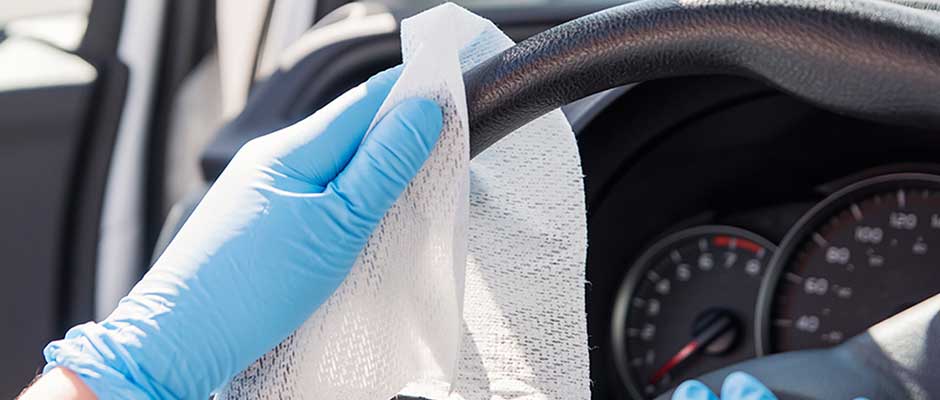
Recent Comments